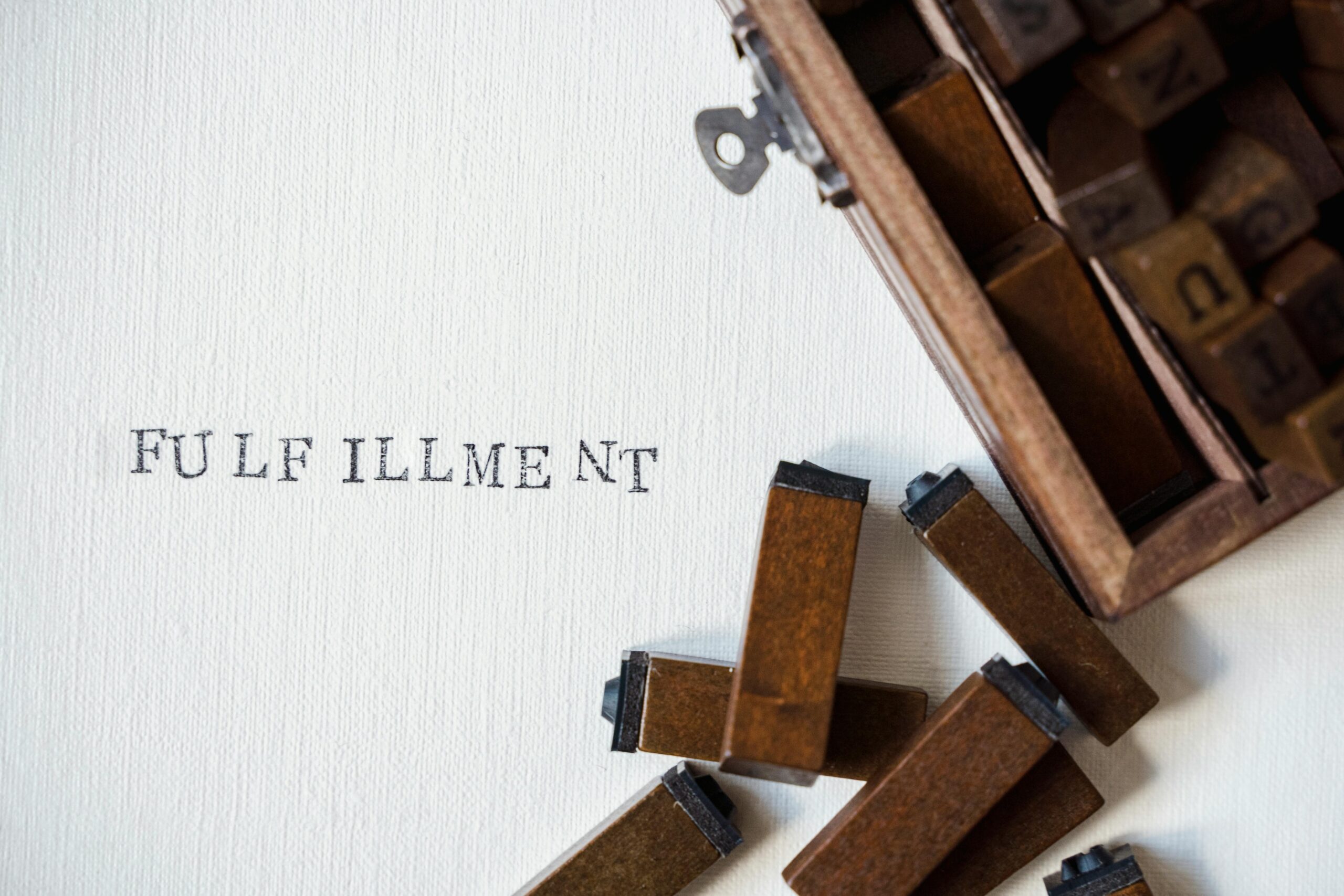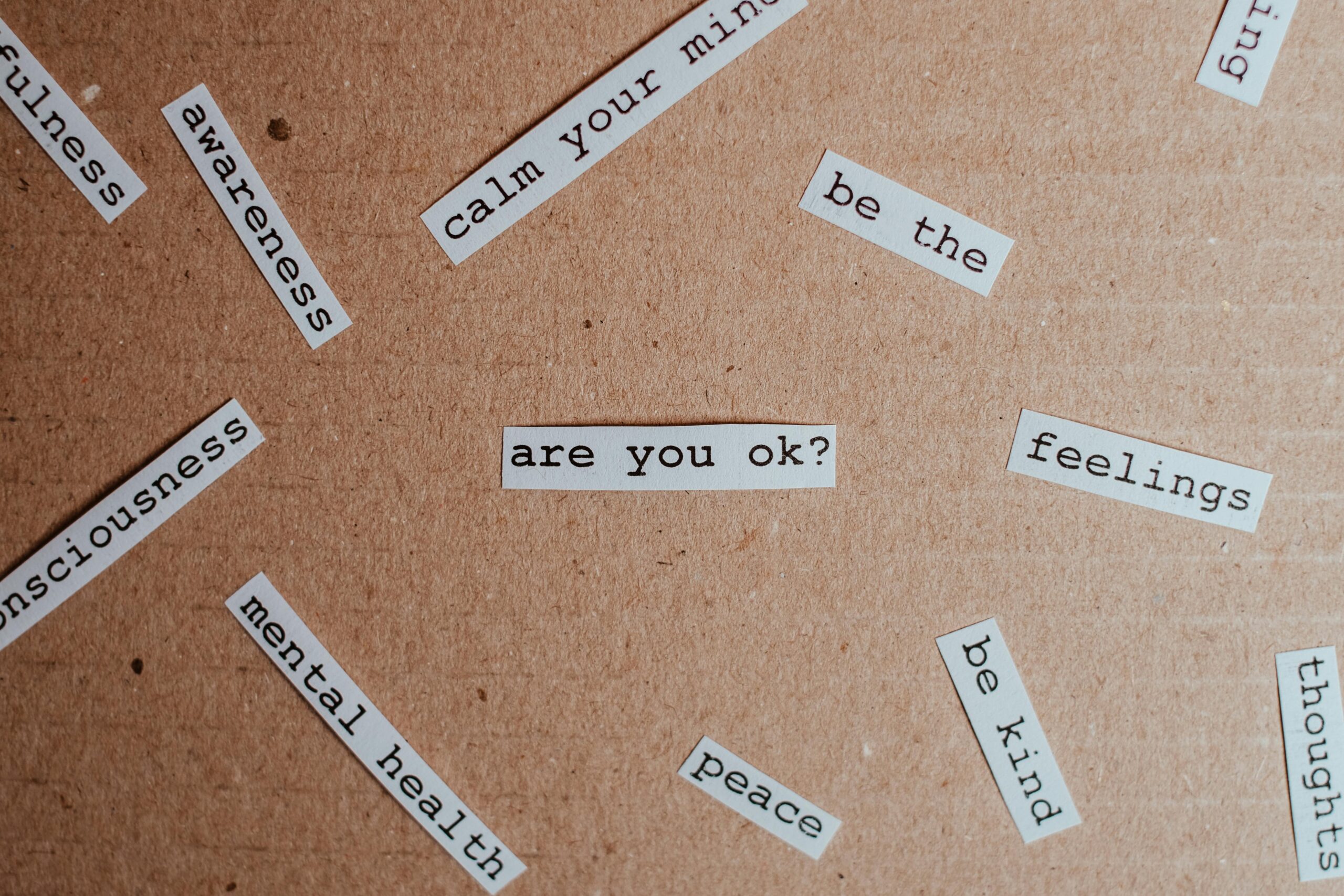In a world where digital communication dominates our interactions, the art of thoughtful messaging has never been more important — or more overlooked.
We live in an era of speed and brevity. Emojis replace expressions. Abbreviations take the place of full sentences. And sometimes, even when we mean well, our messages can come across as impersonal, rushed, or even rude.
But what if we could bring back a sense of elegance, depth, and sincerity to our texts? What if we could infuse our digital conversations with literary politeness — that timeless blend of respect, clarity, and grace found in classic literature?
This article explores how to craft meaningful messages that reflect the spirit of literary etiquette , whether you’re texting a friend, writing an email, or sending a DM.
Why Literary Politeness Still Matters in Digital Communication
Before diving into how to write like Austen or speak like Brontë, let’s understand why this approach matters.
1. Polite Language Builds Trust
Words carry weight — especially in text-based communication, where tone is often lost. Using polite, thoughtful language helps build rapport and trust, even in casual conversations.
2. It Reflects Emotional Intelligence
Literary politeness isn’t just about sounding fancy — it’s about being considerate of others’ feelings, choosing words carefully, and expressing yourself with empathy.
3. It Elevates Your Presence
Whether in personal relationships or professional settings, people tend to remember those who communicate with warmth and refinement. It sets you apart in a sea of short, impersonal messages.
Therefore, integrating literary-style politeness into your digital messages isn’t outdated — it’s a powerful way to stand out and connect meaningfully.
The Roots of Literary Politeness
To truly understand literary politeness, we can look to classic authors and their works:
- Jane Austen mastered the art of subtle wit and social grace.
- Emily Brontë used poetic imagery to convey deep emotion.
- Charles Dickens balanced formality with emotional resonance.
- Leo Tolstoy and Fyodor Dostoevsky demonstrated profound empathy through dialogue.
These authors didn’t just tell stories — they shaped how characters spoke to one another, using language that was respectful, expressive, and deeply human.
While we may not be writing novels every day, we can borrow from these traditions to enhance our everyday messages.
How to Craft Messages That Reflect Literary Politeness
Here are practical ways to bring literary grace into your modern-day communication:
1. Use Thoughtful Greetings
Instead of jumping straight into the message, begin with a warm opening line.
Avoid:
“Hey, quick question.”
Try Instead:
“Hello! I hope this finds you well.”
“Good evening! I wanted to reach out and say…”
A simple greeting sets a courteous tone and shows consideration for the recipient.
2. Be Mindful of Tone
Tone is everything — and it’s easy to misinterpret digital messages without vocal cues or facial expressions.
To maintain a polite tone:
- Use complete sentences (especially in formal or semi-formal contexts).
- Avoid excessive exclamation points unless expressing genuine excitement.
- Choose softening phrases like “if that’s alright” or “would you mind.”
Example:
Rather than: “Can you do this by tomorrow?”
Say: “Would it be possible to have this ready by tomorrow? If not, I completely understand.”
3. Express Gratitude Gracefully
Gratitude is a cornerstone of literary politeness — and it’s too often overlooked in digital communication.
Avoid:
“Thanks”
Try Instead:
“Thank you so much for your help — it truly made a difference.”
“I’m very grateful for your time and support.”
Even in casual texts, a little gratitude goes a long way toward building goodwill.
4. Use Metaphors and Figurative Language (When Appropriate)
Classic literature often uses metaphor and simile to add richness to language. While not necessary in every message, a touch of poetic flair can make your words more memorable.
Example:
“I feel like I’ve finally seen the sun after a long storm.”
“Your kind words lifted my spirits like a warm cup of tea on a rainy day.”
This works especially well in personal messages or notes of appreciation.
5. Be Clear, but Not Cold
Clarity is essential in digital communication — but it doesn’t have to come at the expense of warmth.
Compare:
Cold:
“Let me know when you’re available.”
Warm & Clear:
“When would be a good time for us to connect? Let me know whenever suits you best.”
The second version maintains professionalism while showing courtesy.
6. Close With Kindness
Don’t end your message abruptly. A thoughtful closing leaves a lasting impression.
Avoid:
“Bye”
Try Instead:
“Wishing you a wonderful day ahead!”
“Until next time, stay well and take care.”
Even in brief messages, a kind sign-off adds a touch of humanity.
Real-Life Examples of Literary Politeness in Texting
Here are a few examples of how to apply literary-style politeness in different scenarios:
Requesting Something Politely
Casual:
“Can you send me the report?”
Polite Version:
“Would it be possible to share the latest version of the report when you get a moment? Thank you so much!”
Responding to a Message
Casual:
“Yep”
Polite Version:
“Thank you for getting back to me — I appreciate it greatly!”
Expressing Feelings
Casual:
“I miss you”
Polite Version:
“There’s something about your presence that makes the days brighter — I find myself missing it dearly.”
Closing an Email
Casual:
“Thanks”
Polite Version:
“With sincere thanks for your time and attention, I remain respectfully yours,”
or
“Thank you again for your kindness and support — it means more than words can express.”
Cultural and Contextual Considerations
Literary politeness is adaptable — but it should also be culturally and contextually sensitive.
1. Know Your Audience
A highly formal style might feel out of place in a casual group chat, while overly informal language could seem unprofessional in a work setting.
Tailor your tone based on:
- Relationship level (friend, colleague, client)
- Platform (text, email, social media)
- Purpose of the message (personal, professional, urgent)
2. Respect Cultural Differences
Politeness varies across cultures. In some societies, directness is valued over elaborate phrasing. Be mindful of these differences, especially in international communication.
For example:
- In Japan, honorifics and indirect language are common.
- In Germany, precision and clarity are appreciated alongside respect.
Therefore, adapt your literary style to suit both the person and the culture.
The Psychology Behind Polite Messaging
Why does literary politeness feel so satisfying to give — and receive?
1. It Triggers Positive Emotions
Polite language activates parts of the brain associated with reward and connection, making both sender and receiver feel respected and valued.
2. It Reduces Misunderstandings
Clear, courteous messages are less likely to be misinterpreted — reducing conflict and promoting harmony.
3. It Encourages Reciprocity
When someone communicates with grace and thoughtfulness, it often inspires the same in return — creating a cycle of mutual respect.
As a result, literary politeness isn’t just about aesthetics — it’s about building better, deeper connections.
Tips for Practicing Literary Politeness Daily
Here’s how to integrate this elegant style into your daily communication:
1. Read Classic Literature Regularly
Immerse yourself in the language of Austen, Brontë, Dickens, and others. You’ll naturally absorb their rhythm, vocabulary, and tone.
2. Rewrite Your Drafts
Before hitting send, take a moment to review your message. Could it be warmer? More expressive? More graceful?
3. Use Voice Notes or Audio Messages Occasionally
Sometimes, hearing a voice conveys warmth better than text alone. Try mixing in audio messages for a more personal touch.
4. Practice Empathy
Ask yourself: How would I want to be spoken to in this situation? This simple question can guide your word choice and tone.
5. Keep a Personal Style Guide
Write down favorite phrases, greetings, and closings that reflect your preferred tone. Over time, you’ll develop a unique, refined voice.
Frequently Asked Questions
Q: Isn’t literary politeness outdated in today’s fast-paced world?
A: Not at all! While speed is important, politeness enhances connection. It’s not about slowing down — it’s about communicating with intention.
Q: Can I use literary politeness in casual chats?
A: Absolutely — just adjust the level. Even in informal texts, a little warmth and thoughtfulness go a long way.
Q: Will people think I’m trying too hard?
A: Only if you’re inconsistent. If your style feels authentic, most people will appreciate the effort and sincerity.
Q: How can I learn to write more politely without sounding fake?
A: Start small. Incorporate one or two polite phrases into your messages and see how they feel. Over time, it becomes natural.
Q: Is literary politeness only for written messages?
A: No! It applies to verbal communication too — phone calls, meetings, and even social media comments benefit from a polite tone.
Final Thoughts: Speak Like the Authors Who Shaped Civilization
In a world dominated by emojis and abbreviations, choosing to communicate with literary politeness is a quiet rebellion — a return to dignity, depth, and connection.
You don’t have to write like Shakespeare to make an impact. But when you choose your words with care, you show others that they matter — and that your message deserves to be heard.
So the next time you pick up your phone to send a message, pause for a moment. Ask yourself:
“What would Jane Austen say?”
And then, say it — with grace, with warmth, and with meaning.





